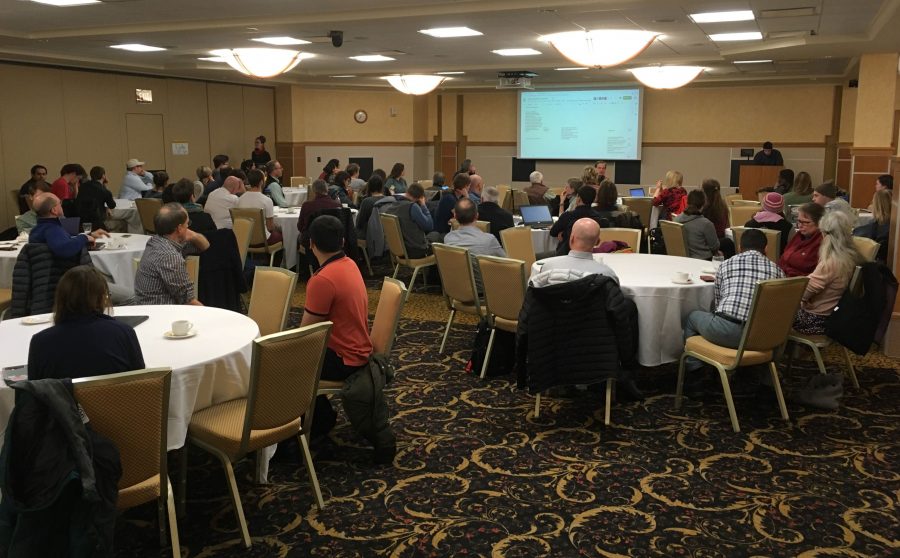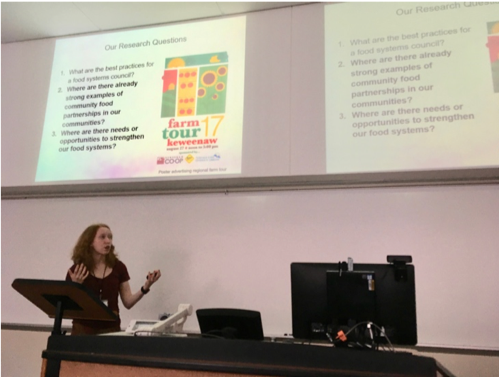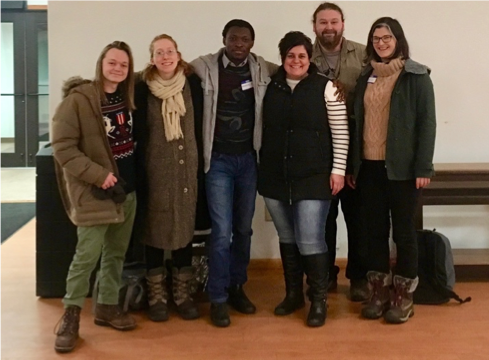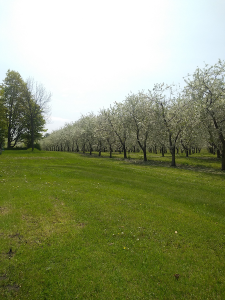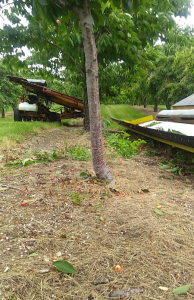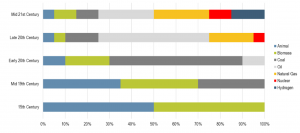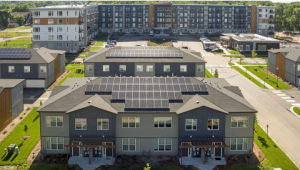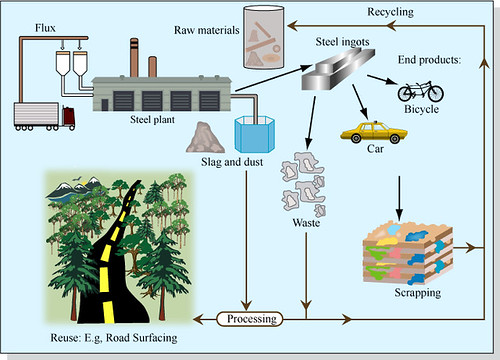The Center for Innovation in Sustainability and Resilience (CISR) is accepting applications for the Sustainable & Resilient Communities Early Career and New Research Directions Award.
These awards are designed to complement start-up packages for early-career faculty or to support established researchers who are pursuing new ideas or topics around sustainability and resilience themes. Funds are provided by the Tech Forward Initiative on Sustainability and Resilience. Award eligibility requires being an affiliate of CISR (open to anyone on campus) and contributing to the CISR research community through future external funding proposal submissions.
The application deadline is April 1, 2025, but rolling submissions and inquiries are encouraged.
Early Career and New Research Directions Award
In the range of $3,000 – $5,000, this award complements start-up packages for early career faculty or supports established researchers who are pursuing new ideas or topics around sustainability and resilience themes. We anticipate making four to six awards. View the Early Career and New Directions Award Request for Proposal.
Proposal narratives, budgets, and budget justifications should be submitted as a single document via email to Chelsea Schelly, cschelly@mtu.edu. Potential submitters are encouraged to reach out with questions or to pitch ideas before developing a proposal. CISR looks forward to receiving your inquiries and applications!
